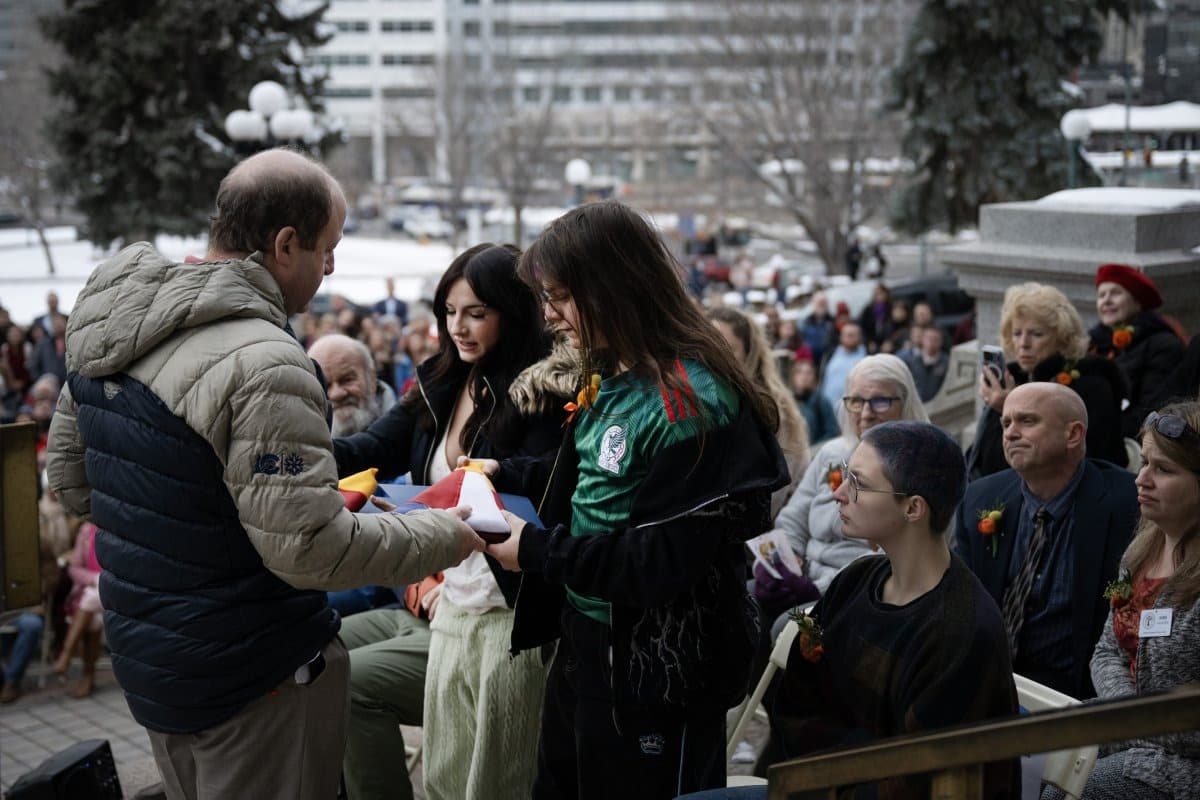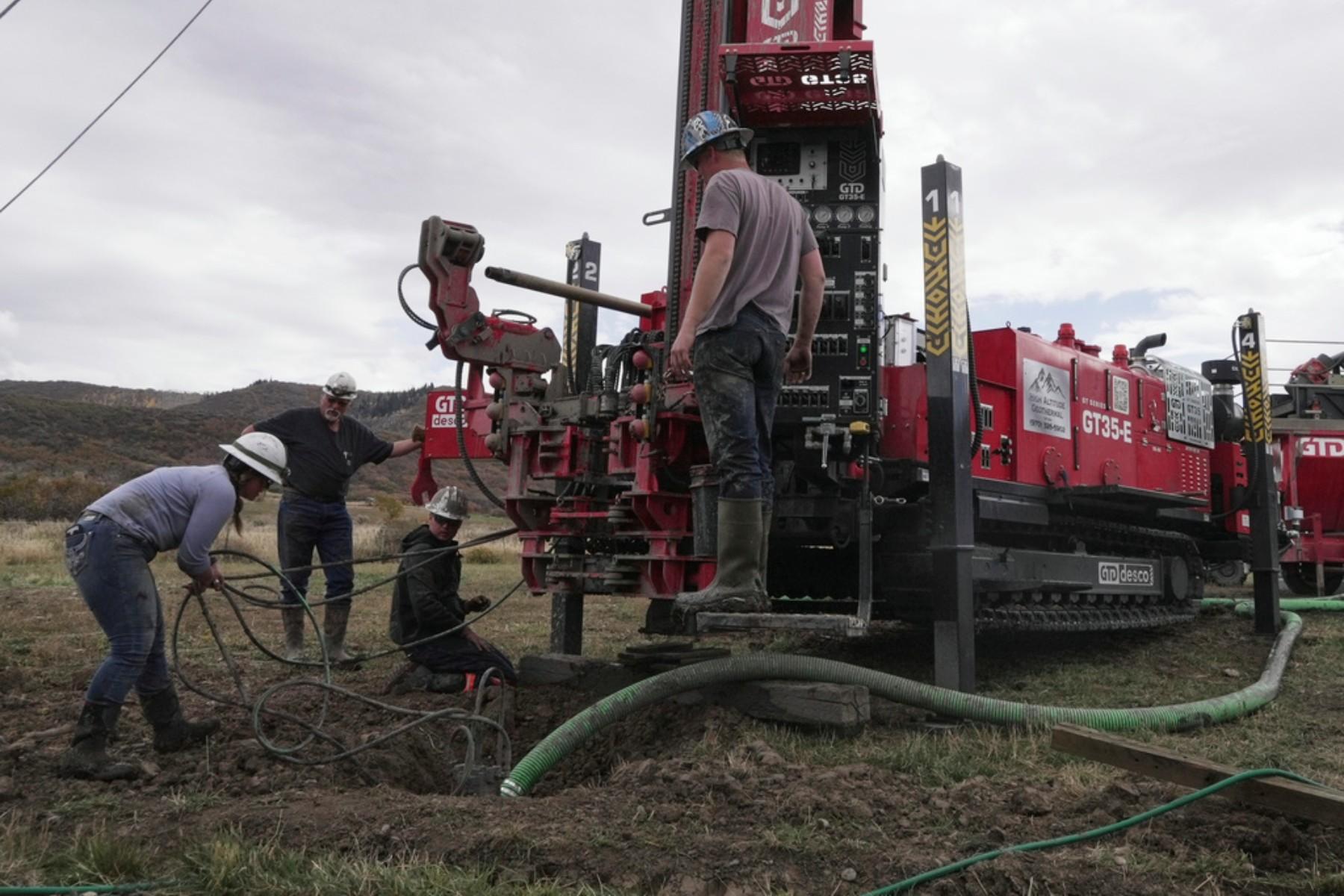
The pilot who broke the color barrier at commercial airlines in the United States will be inducted into the Colorado Aviation Hall of Fame this weekend.
Marlon DeWitt Green, who was African-American, applied for a job with Continental Airlines, which was based in Denver, in 1957. Despite Green’s sterling resume, Continental wouldn't offer him a job. So he sued. In 1963, the U.S. Supreme Court ruled unanimously in his favor. Historian Flint Whitlock wrote a biography of Green called "Turbulence Before Takeoff." He spoke with CPR’s Ryan Warner about Green and the book in 2009, the year Green died. We’re revisiting that conversation.
After several years of flying for the military, Green was flying a plane for the Michigan Department of Transportation when he applied to Continental. He took a flight test with the airline, and here’s his sense of that test from an interview:
“I think I did well. Their response was that everything was satisfactory and at the end of the day they said, ‘Go on back to Michigan and we'll contact you in 10 days.’ I certainly was hopeful, but 10 days? I think it was the 14th day when I picked up the phone and called Continental to ask them.”
That’s when they said that he wasn’t selected, Whitlock told CPR in 2009.
“He was passed over. They wouldn’t admit that they had discriminated against him.” He had more time in the cockpit than most everyone else applying at the time, “something like 3,000 hours of flight time, most of it in multi-engine, and when he looked at the qualifications of the other people who were hired he had more than double what the next highest-ranking pilot below him had and the reason was he was black, they were white.”
Interview Highlights
Whitlock on how Green got past the initial vetting process:
"Green had applied with other carriers too, but the only reason he got the flight test with Continental was the fact that he didn’t check the race box on the application form and he didn’t enclose a picture, both of which were required at the time. And so Continental looked at his qualifications, said, ‘Ah, here’s a guy who knows how to fly. Let’s bring him into Denver and give him a flight test.’ And he gets here and he’s, ah, the wrong color. And the fact is that they brought him in so they might as well give him the flight test and they still rejected him."
Whitlock on why Continental balked at hiring Green:
“The main thing that I have learned in my research was that they were afraid their bigoted white passengers would refuse to fly with a black pilot. The other problem that they had, especially in the South, was that when airline crews are off duty they are put up in hotels and they have to go to restaurants and at that time restaurants and hotels, especially in the South, were segregated and so they would have to make accommodations. They would have to take their white crew members to certain hotels and certain restaurants and their black crew members to different hotels and restaurants and they felt that that logistical problem would be more than they wanted to deal with.”
On why this man in particular was able to break the color barrier:
"The story actually begins many years earlier when he decided that he wanted to become an airline pilot, actually a pilot of any sort, and went into the Air Force as an enlisted man. Even though he had no college education he was a naturally gifted person and got into the flight training program, graduated, got his wings, flew for nine years; realized that he could make a lot more money for his growing family if he were a commercial airline pilot and began sending in applications and found the doors slammed in his face because of the fact that he was an African American and no airlines, at that time, were hiring minority pilots. And everything in his makeup was not giving up."
On Green’s ensuing long legal fight with Continental:
“When he found out that he had been rejected by Continental he made a complaint with the anti-discrimination commission here in Colorado. (The commission) told Continental they had discriminated against him and they wanted him to be hired and Continental’s lawyer said, ‘No, we’re not going to do that.’ And so it went through a long series of legal battles and then the district court turned down Marlon’s claim. The Colorado Supreme Court ruled in favor of Continental and so his lawyer, T. Raber Taylor, a Denver lawyer, took it to the (U.S.) Supreme Court and in March of 1963 the Supreme Court … ruled unanimously in his favor and required Continental to hire Marlon Green. And so Marlon was brought into a training class, passed, got his certification became an ... officer co-pilot until he had enough hours flying the Continental equipment that qualified him to become a full time captain or pilot on their airliners. And he flew for Continental for 14 years before he finally retired, but it was a long struggle."









